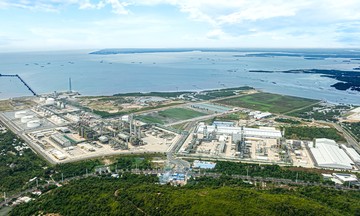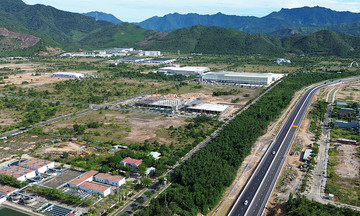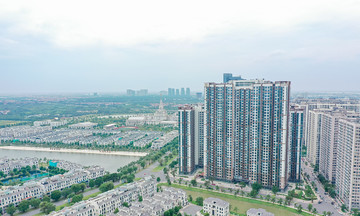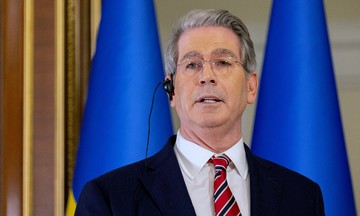During the Vietnam War, alongside shipments of weapons and food to the front lines, there were also clandestine financial supply lines supporting the south. Among them, Vietcombank's B29 unit was likened to a "special lifeline," contributing to the legendary Ho Chi Minh Trail on the logistical front.
One of the five legendary "Ho Chi Minh trails"
In 4/1965, as the war against America intensified, following a directive from the Politburo, the State Bank established a specialized unit for special payment operations, codenamed B29, within Vietcombank.
With a mere 10 members, B29 had a special mission: to receive, count, and transport foreign currency aid from abroad to the southern battlefields, where every dollar could be exchanged for medicine and equipment.
 |
Vietcombank officials working with the Central Committee's Finance Committee on aid figures for B2 (1972). Photo: Vietcombank |
Vietcombank officials working with the Central Committee's Finance Committee on aid figures for B2 (1972). Photo: Vietcombank
In the basement of 49 Ly Thai To, Hanoi, the State Bank's special foreign currency vault, managed by Vietcombank, stacks of money were sealed, meticulously counted, placed in safes, and handed over to special forces. From there, the journey through the Truong Son mountains and across the sea began, using unmarked ships, camouflaged vehicles, diplomatic pouches, and even barrels of Bo Hoc fish sauce with such a pungent odor that even the enemy hesitated to inspect them.
Each trip demanded absolute accuracy and secrecy, as even a small mistake could jeopardize the entire operation. B29 officers carrying the aid moved flexibly from Hanoi to Vientiane (Laos), to Phnom Penh (Cambodia), then along liberated areas, down to Tay Ninh, Long An, Ben Tre, and other locations to support the southern battlefield and supply resources to resistance bases deep within enemy territory.
If the "Ho Chi Minh Trail" was a symbol of military transport, then B29 was the special financial transport route, one of the five strategic supply lines entrusted by the Party and the State, making a significant contribution to the national reunification effort.
Rising to the top of the banking industry
When the war ended, B29 completed its historic mission, but the values of discipline, trust, and responsibility continued to be maintained by Vietcombank in peacetime, becoming the foundation for its renovation and modernization.
From the early years of renovation, the bank pioneered many reforms: issuing foreign currency certificates based on the Vietnamese dong to combat inflation, introducing smart card technology in 1993, and applying telex and SWIFT network connections to update international prices in a context of challenging telecommunications infrastructure.
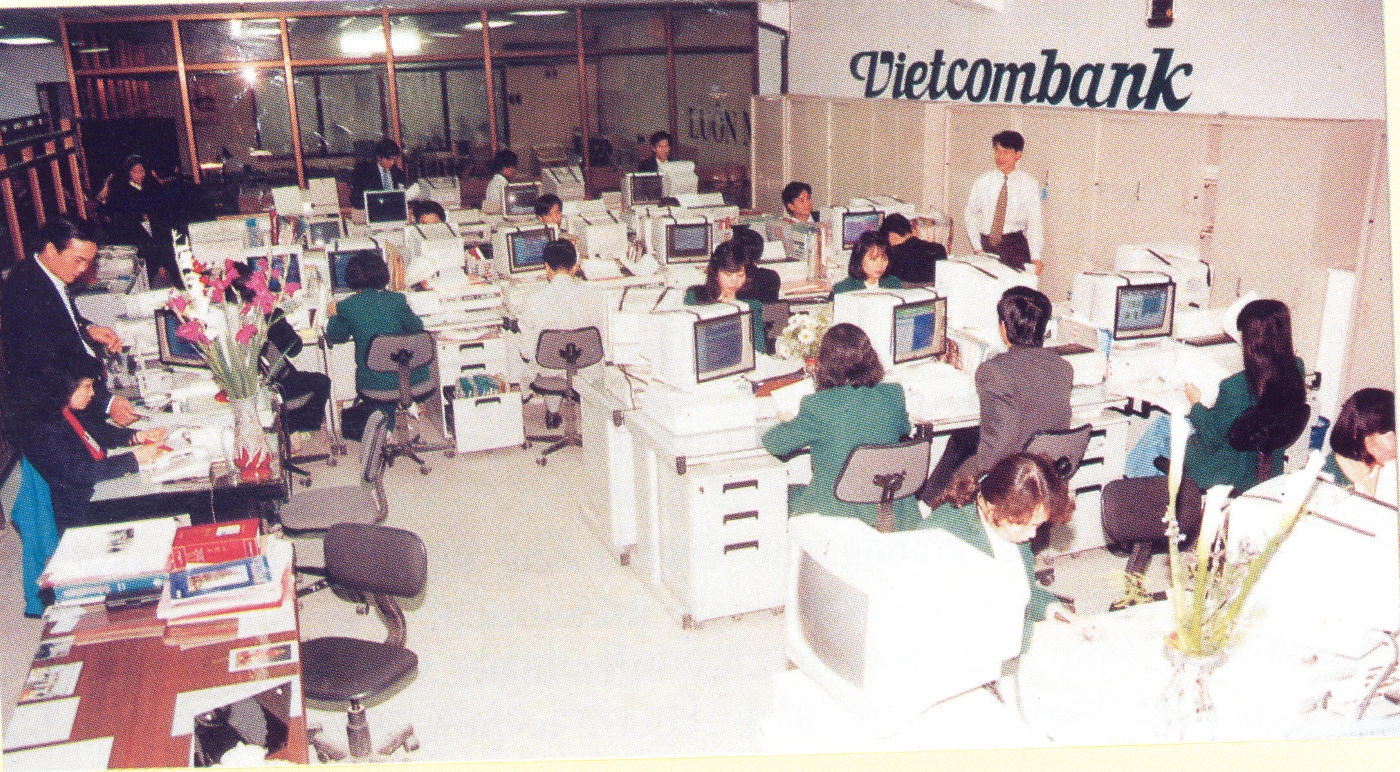 |
Vietcombank's payment center in the 1990s. Photo: Vietcombank |
Vietcombank's payment center in the 1990s. Photo: Vietcombank
In 2005, Vietcombank made its mark on the capital market by issuing 3.6 million bonds, raising over 1,300 billion VND in minutes. In 2009, VCB shares were officially listed, becoming the largest capitalized stock on the Vietnamese stock market at the time, exceeding 56,000 billion VND.
After 62 years, from an organization established with the mission of transporting foreign currency to the battlefield, Vietcombank has risen to become Vietnam's most profitable bank, leading in market capitalization and governed by international standards.
As of 30/6/2025, Vietcombank's total assets reached over 2.2 quadrillion VND, 72 times higher than the 30,479 billion VND in 1985. Its charter capital reached 83,600 billion VND, the highest in the credit institution system, compared to just 0.5 million VND in 1985. The non-performing loan ratio has always been kept below 1%, with a non-performing loan coverage ratio of about 213%, the highest in the industry.
Not only expanding in scale, Vietcombank plays a key role in implementing national monetary policy and tasks assigned by the Government and the State Bank, contributing to ensuring monetary security and developing the banking system.
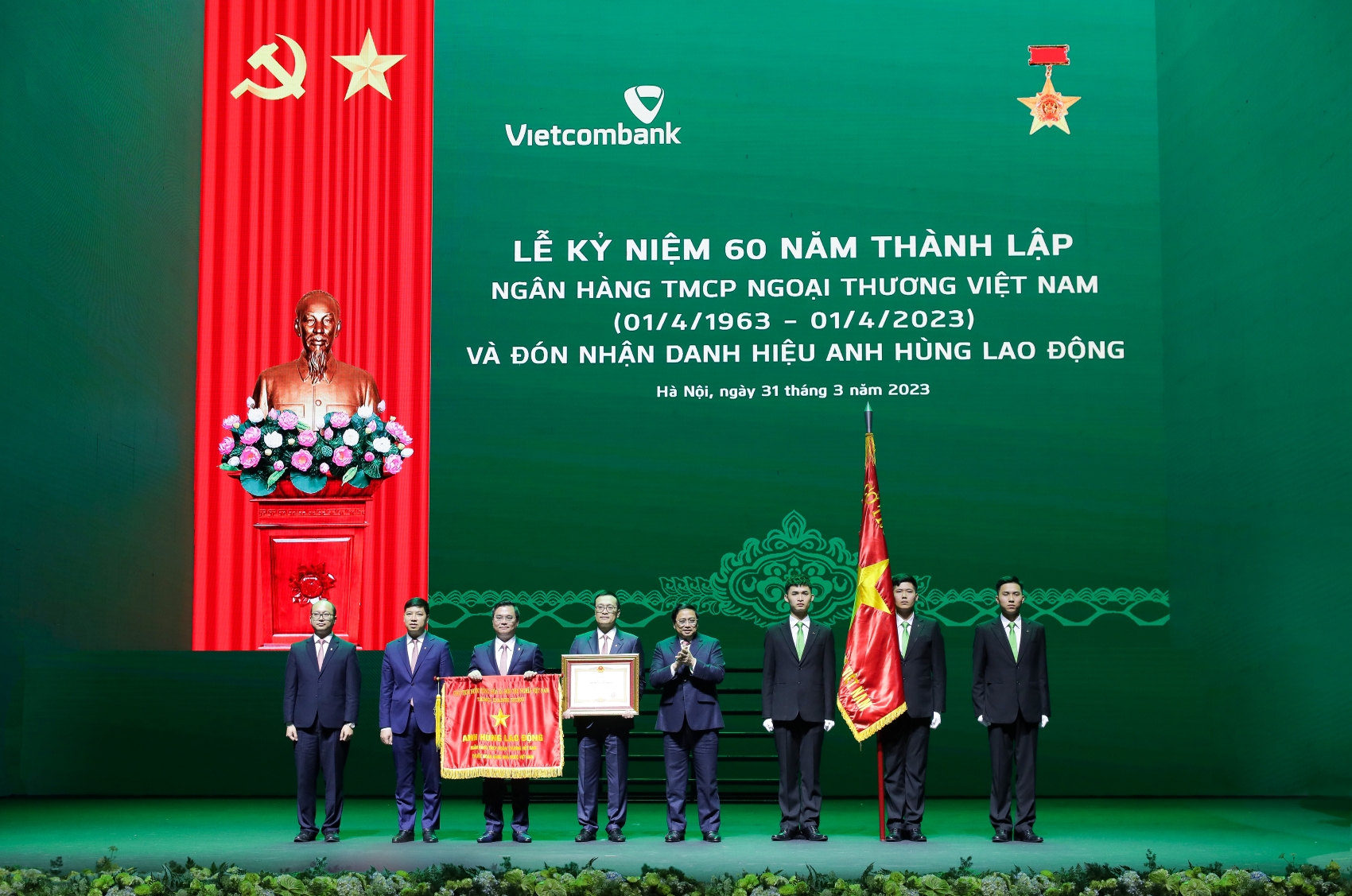 |
Vietcombank has been awarded many noble prizes from the Party and State, notably the title of Labor Hero (2023). Photo: Vietcombank |
Vietcombank has been awarded many noble prizes from the Party and State, notably the title of Labor Hero (2023). Photo: Vietcombank
From 2020 to 2025, Vietcombank contributed over 62,000 billion VND to the state budget, the highest in the industry. Every year, the bank allocates hundreds of billions of VND to support healthcare, education, social housing, and essential infrastructure, while also sponsoring major projects like Long Thanh Airport, renewable energy projects, and intelligent transportation systems.
At the Vietcombank Party Congress for the 2025-2030 term, Deputy Prime Minister Nguyen Chi Dung stated, "Vietcombank's success is not only the success of a business but also an increase in national assets and prestige."
In the future, Vietcombank aims to develop as a green bank, promote digital transformation, enhance international competitiveness, and prioritize human resources, aiming to become a standard financial institution, contributing to Vietnam's development into a developed nation by 2045.
Minh Ngoc






